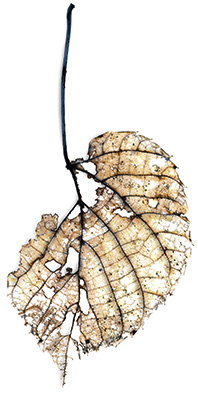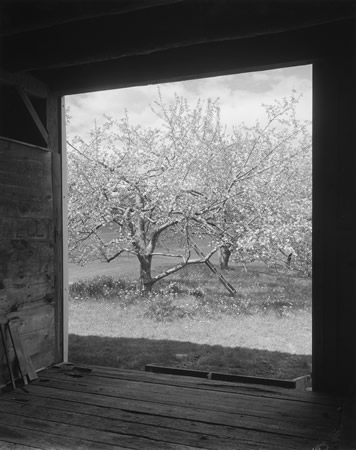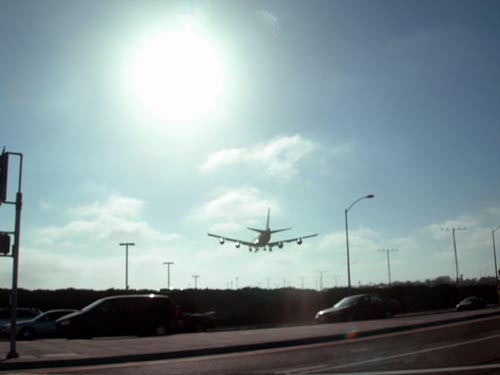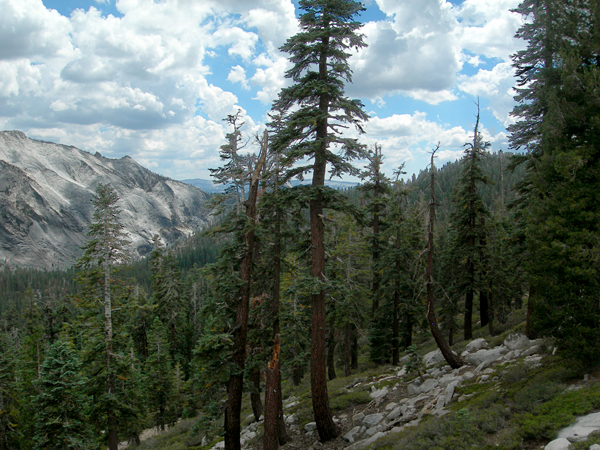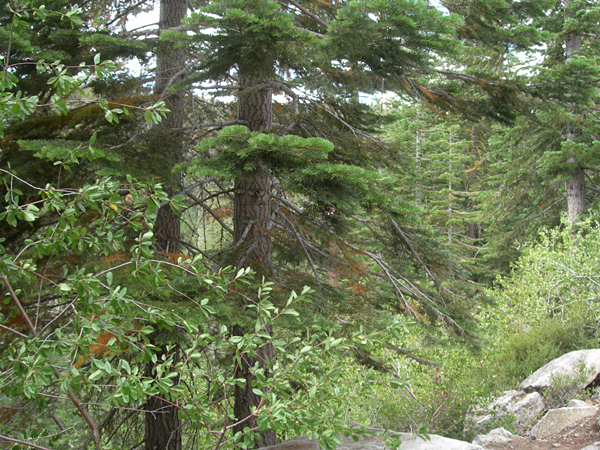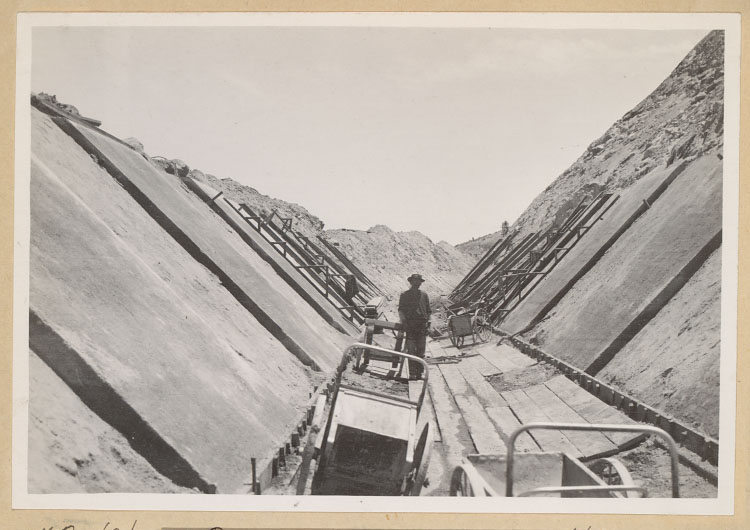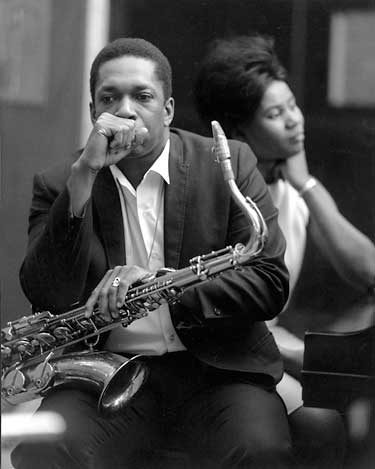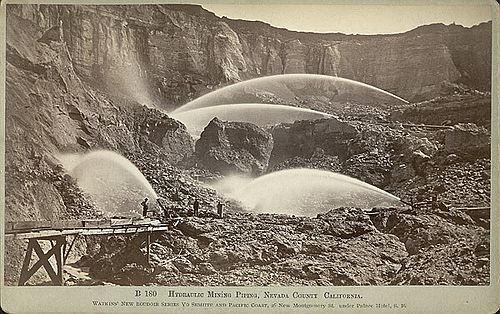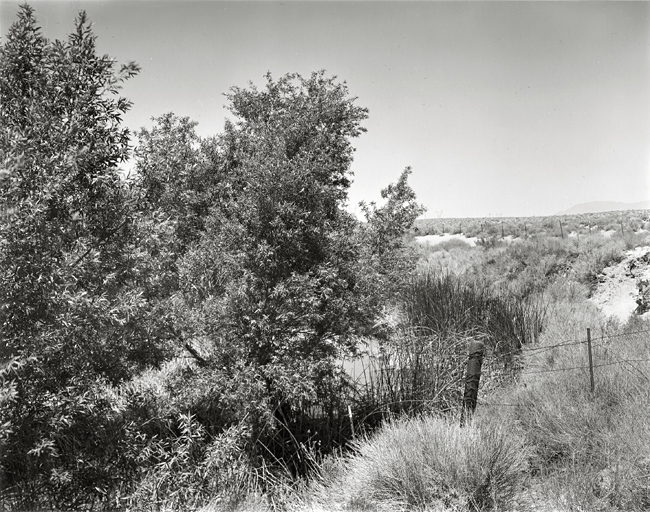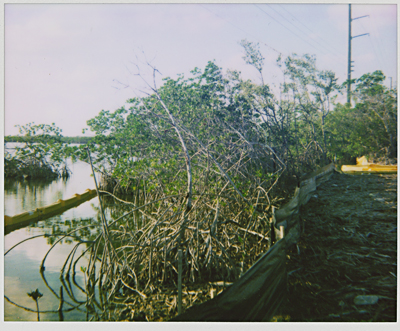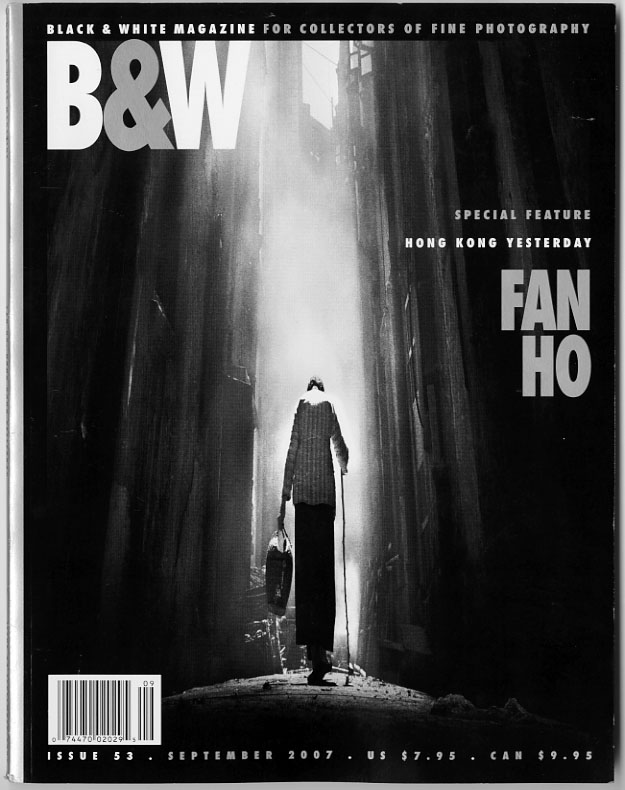Matthew Betcher, Los Angeles River Orotones
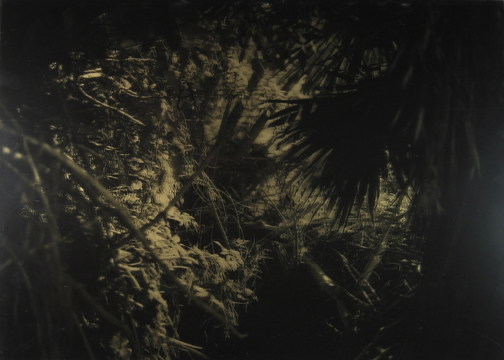
Before flying back to the East Coast on Friday, I had the pleasure of meeting Los Angles photographer, Matthew Betcher, and seeing his exhibition of incredible large-scale orotones from his series el rio de nuestra señora la reina de los angeles de porciuncula. I just learned the show has been extended to the end of the year, and is surely not to be missed.
Inspired by Edward Curtis's Orotones— a process involving ambrotypes backed with gold pigment in banana oil—Betcher printed on orthochromatic lith film that was slightly bleached, toned, then mounted on glass backed with gold leaf.
Along with the show of about ten 40x60-inch pieces, is a beautiful a 19x25-inch portfolio of all the photographs in the series. Again, they are hand-printed lith film, with gold painted rice paper, hand-bound and housed in a box that contains an orotone on the bottom. The book is a work of art in itself.
These three digital images may give one the idea of what the show is about, but nothing can replace the feeling of being in front of these in person. They are almost dream-like in the way details disappear in the three dimensional quality achieved by the interplay of light and the layering of image, glass, and gold leaf.
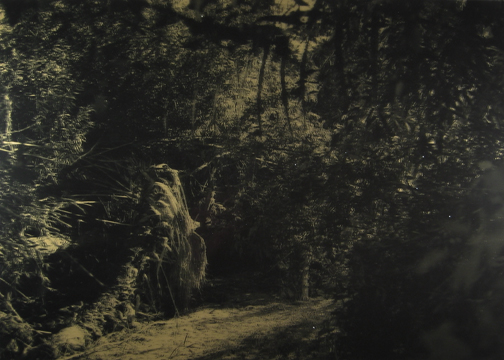
In Matthew's introduction he writes:
For the series, I have been exploring the LA River as a datum for the explorations and questions relating to a new sense of what is ‘nature.’ Knowing the River was originally named after the small field (’porciuncula’ is loosely defined as ‘a small portion of land’) where St. Francis of Assisi developed a monastic order based on a lack of worldly possessions and an admiration for the natural environment, the Los Angeles River becomes a paradox in its own right. The massive concrete structure intended to allow the massive expanse of the city now protects the Glendale Narrows - one of the few spaces in a concrete city choked by its own waste where, as a protected sight, ‘nature’ is left to fend for herself. For the work, I have been using a photographic technique used mainly in the teens that involve photographs on gold-backed glass. The idea is that the large scale gold-leafed plates adorning the jungle-like images from the Los Angeles River bring into question the schizophrenic ideals of what is or could be considered ‘natural.’
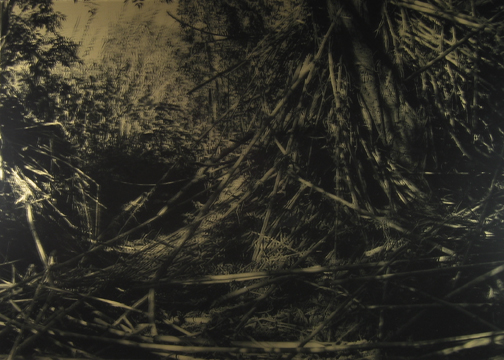
Here, there are no swimming pools, no movie stars, but a mutation of nature that continues to thrive in a place no typical Angelino would go. As a dedicated nature preserve, the Glendale Narrows represents the natural world Los Angels couldn't manicure or pave with concrete. The images are, for me, both a metaphor and the antitheses of the City.
 Vincent David Feldman: Hongkew, Shanghai, 2005/2006, carbon inkjet print, A/P, signed verso, framed, 16"x20" $350—$700
Vincent David Feldman: Hongkew, Shanghai, 2005/2006, carbon inkjet print, A/P, signed verso, framed, 16"x20" $350—$700 Eugène Atget: Senlis. Ruines se Saint-Frambourg, 1903, gold-toned albumen print, unmounted, 8.5"x6.875" $4,000—$8,000
Eugène Atget: Senlis. Ruines se Saint-Frambourg, 1903, gold-toned albumen print, unmounted, 8.5"x6.875" $4,000—$8,000 Jay Dusard: Petrified Forest, Arizona, Blue Mesa, 1977, silver print, titled recto, framed, 8"x10" (courtesy of D. W. Mellor) $250—$500
Jay Dusard: Petrified Forest, Arizona, Blue Mesa, 1977, silver print, titled recto, framed, 8"x10" (courtesy of D. W. Mellor) $250—$500 Henry Horenstein: Texas Map Turtle, Graptemys, c. 2000/2007, digital chromogenic print, signed verso, 20"x16" $800—$1,600
Henry Horenstein: Texas Map Turtle, Graptemys, c. 2000/2007, digital chromogenic print, signed verso, 20"x16" $800—$1,600 Mark Klett: Storm Clouds over Eastern Idaho: Near Craters of the Moon, 8/18/80, 1980, silver print, signed verso, 16"x20" (courtesy of Michael Mattis and Judith Hochberg) $900—$1,800
Mark Klett: Storm Clouds over Eastern Idaho: Near Craters of the Moon, 8/18/80, 1980, silver print, signed verso, 16"x20" (courtesy of Michael Mattis and Judith Hochberg) $900—$1,800 Stuart Rome: Presence, Bali, 1993/2007, archival pigment print, A/P, signed verso, 12"x15.5" $500—$750
Stuart Rome: Presence, Bali, 1993/2007, archival pigment print, A/P, signed verso, 12"x15.5" $500—$750 Josef Sudek: Trees in Flower, 1950s/1976, silver print, unmounted, 11.25"x8.25" $750—$1,500
Josef Sudek: Trees in Flower, 1950s/1976, silver print, unmounted, 11.25"x8.25" $750—$1,500  Unknown: Tea House Nogeyma at Yokohama, Japan, c. 1880s, hand-colored albumen print, 7.750"x9.875" $200—$400
Unknown: Tea House Nogeyma at Yokohama, Japan, c. 1880s, hand-colored albumen print, 7.750"x9.875" $200—$400
 Frank Yamrus: Tree in Nickerson State Park, Eastham, MA, from the series "Bared and Bended", 2004, archival pigment print, signed verso, 6.5"x6.5" $700—$1,400
Frank Yamrus: Tree in Nickerson State Park, Eastham, MA, from the series "Bared and Bended", 2004, archival pigment print, signed verso, 6.5"x6.5" $700—$1,400


